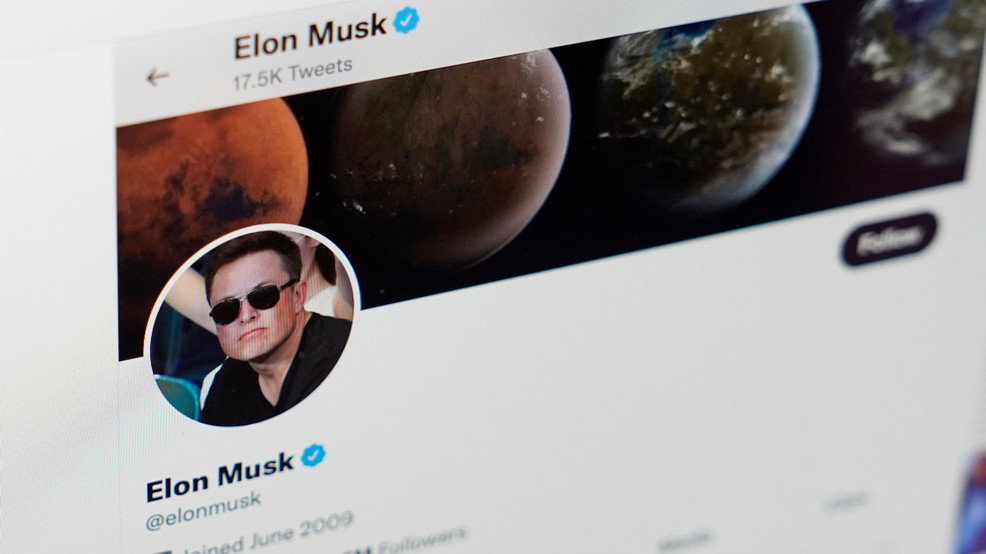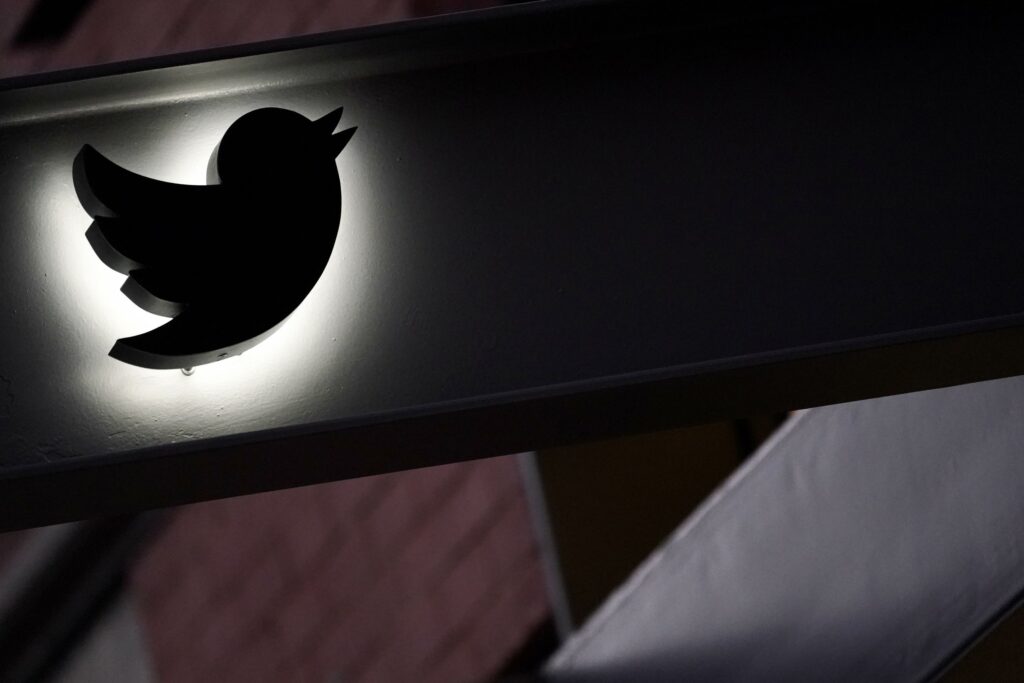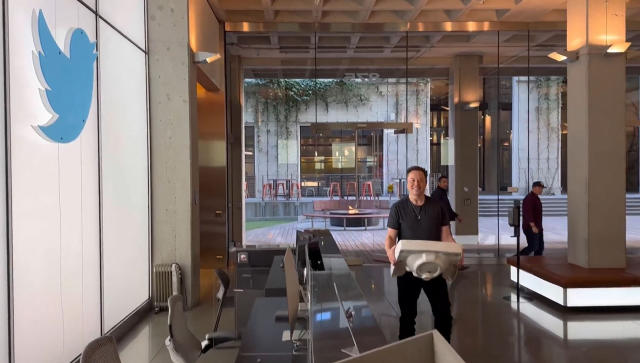Elon Musk decided to change Twitter’s homepage less than 24 hours after completing his $44 billion acquisition of the company.
According to employees familiar with the matter who requested anonymity to speak without the company’s permission, he requested that logged-out users visiting Twitter.com be redirected to the Explore page, which displays trending tweets and news stories. Previously, visiting Twitter’s homepage while logged out displayed only a sign-up form, encouraging users to create an account in order to view tweets. Musk’s directive, which went into effect late Friday, required VP involvement to override a code freeze imposed to prevent rogue employees from making changes during the takeover process.
Though Musk did not publicly state the reason for the change, the message to employees who witnessed it was clear: no more sacred cows. Such a decision would have been fought over by teams for weeks on the old Twitter. However, this was the new Twitter. “That’s definitely one way to make it clear you’re in charge now,” a former executive told me.
Changing Twitter’s homepage is an example of how Musk, in less than three days as “Chief Twit,” has begun to rapidly transform the company from the inside out. Even as he prepares to lay off a large number of employees in the coming days, he has accelerated changes to Twitter, such as ordering that its paid subscription feature, Super Follows, be renamed “Subscriptions” in a rushed update to Twitter’s mobile app. He has also discussed using Starlink, SpaceX’s satellite-based internet service, to bring Twitter to countries where it is currently unavailable.

Employees assigned to complete Musk’s tasks have worked late into the night and on weekends while their managers compile lists of team members to lay off. According to a person familiar with the situation, Musk fired ex-CEO Parag Agrawal and other top executives last week “for cause” in order to avoid paying out the tens of millions in stock they would otherwise receive. (The Information was the first to report that Musk had fired the Twitter executives for cause.)
Employees are now concerned that layoffs will begin before November 1st, when a significant portion of them will receive stock grants paid out in cash at $54.20 per share. Soon after this story was published, Musk tweeted, “This is false,” in response to another tweet claiming that the layoffs would take place before that date.
Meanwhile, Musk is relying on his inner circle to help him understand what he recently purchased. He’s been holed up in a sectioned-off area of Twitter’s headquarters in San Francisco, with a fleet of Teslas parked outside and new security guards stationed at the entrance. According to employees and internal correspondence obtained by The Verge, dozens of people from his family office, other companies, and social circles have been added to Twitter’s employee directory and given company email addresses.

They include Jehn Balajadia, COO of The Boring Company, Alex Spiro, Musk’s personal attorney who serves as Twitter’s de facto general counsel, Andrew Musk, his relative who works for his brain-interface startup Neuralink, David Sacks, a powerful political donor and fellow “PayPal mafia” member, Jason Calacanis, a VC and longtime friend of Musk, and Sriram Krishnan, a former Twitter product leader and current (Some of these individuals were meeting with Twitter workers, as first revealed by The New York Times.)
Agrawal sacked Kayvon Beykpour, Twitter’s previous head of product, in May. Last Friday, Beykpour was spotted at work, igniting speculation that he would make a comeback. The fact that Twitter’s current head of product, Jay Sullivan, is still employed by the business complicates that notion.
Earlier this year, Musk appeared as a guest on the famous podcast All-In, which Calacanis co-hosts. On Saturday, Calacanis tweeted that he had met with Roth, Twitter’s head of safety, and “was impressed with his attention to & perspective on security concerns.” In the tweet, Roth cited a thread in which he explained how the firm had banned accounts for engaging in a “trolling campaign” that entailed tweeting racial epithets. In a subsequent tweet, Calacanis stated that “Twitter will be laser-focused on identification and safety in the next weeks.”

Choosing who to keep in Twitter’s engineering team has been Musk’s first item of business. On Friday, Musk and Tesla engineers requested that engineers print out their most recent code contributions from the previous 30 to 60 days and bring them in for assessment. Then, as promptly reported by Casey Newton of Platformer, they were instructed to destroy their printouts and instead display the code on their laptops. In anticipation of Musk and the Tesla employees stopping by the company’s New York City office on Monday to begin code reviews, some engineers have been obsessively following a Twitter account that records the whereabouts of Musk’s private jet.
Managers have been informed that Musk wants to weed out engineering managers who don’t frequently write code by using performance reviews to determine who can work as quickly and efficiently as he requires. He wrote in a tweet in May, “Managers in software must build outstanding software else it’s like being a cavalry captain who can’t ride a horse.
An inquiry for comment for this story was not answered by Twitter’s communications department, which has stopped responding to press requests since Musk’s takeover.

